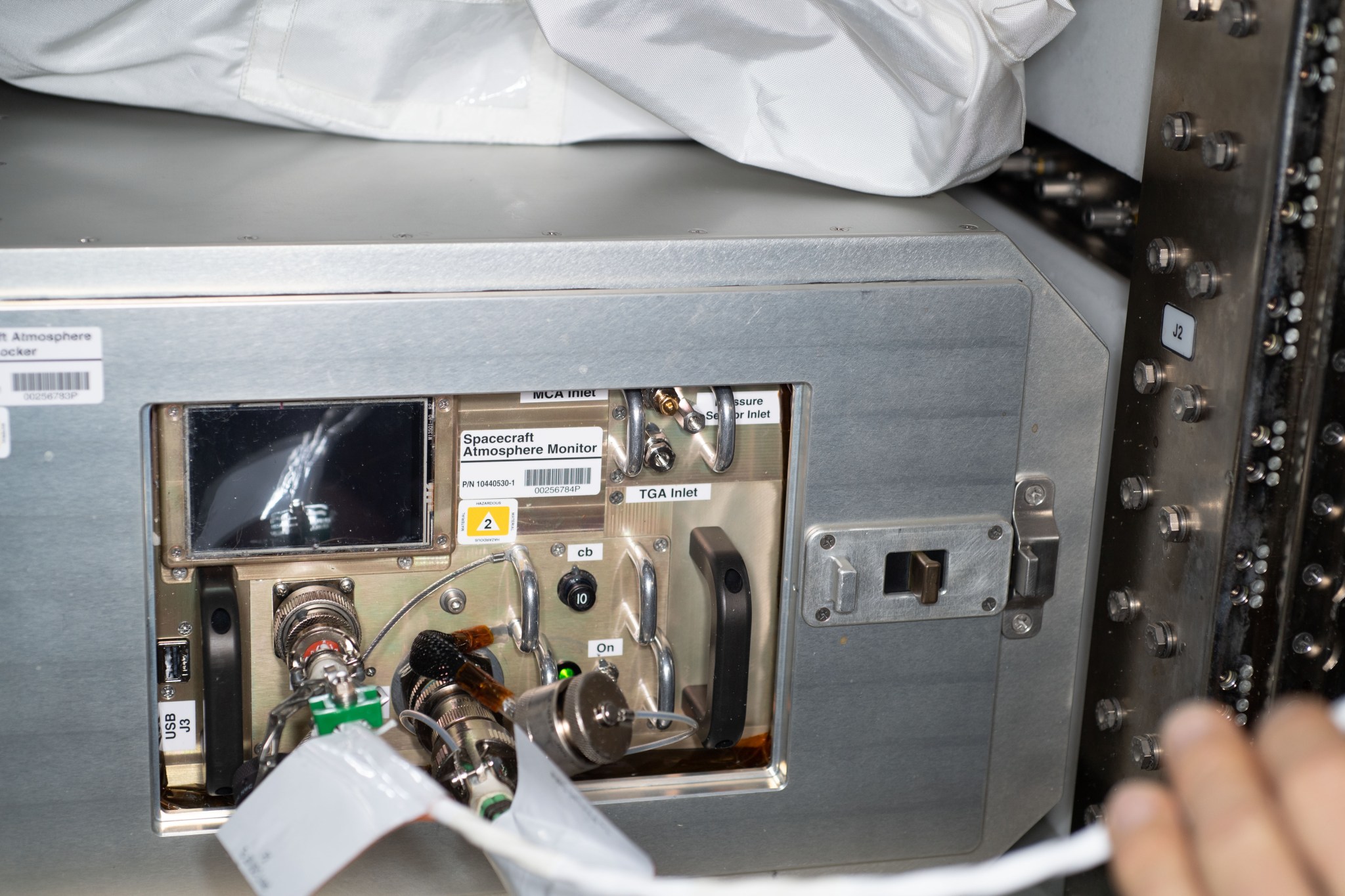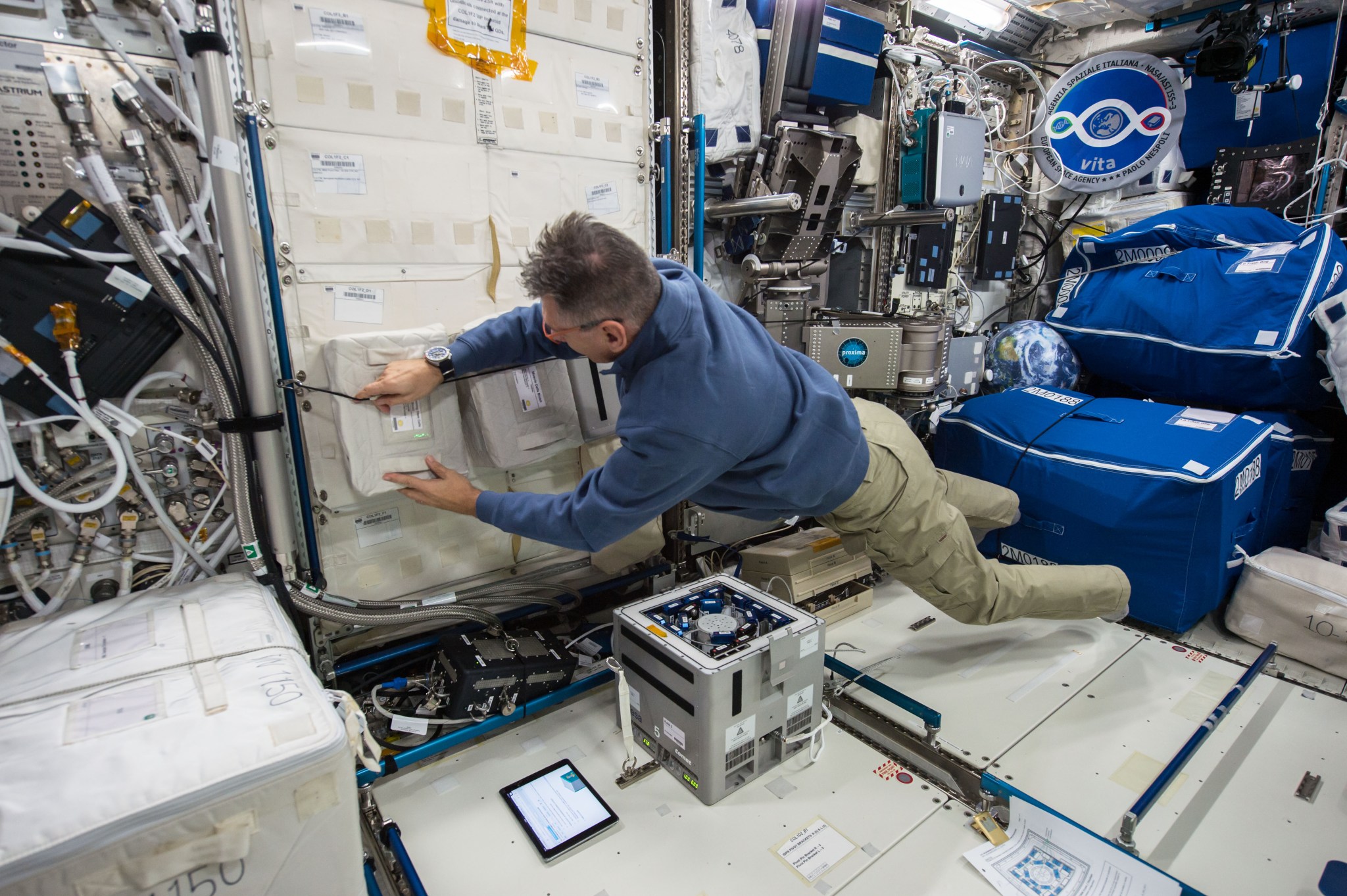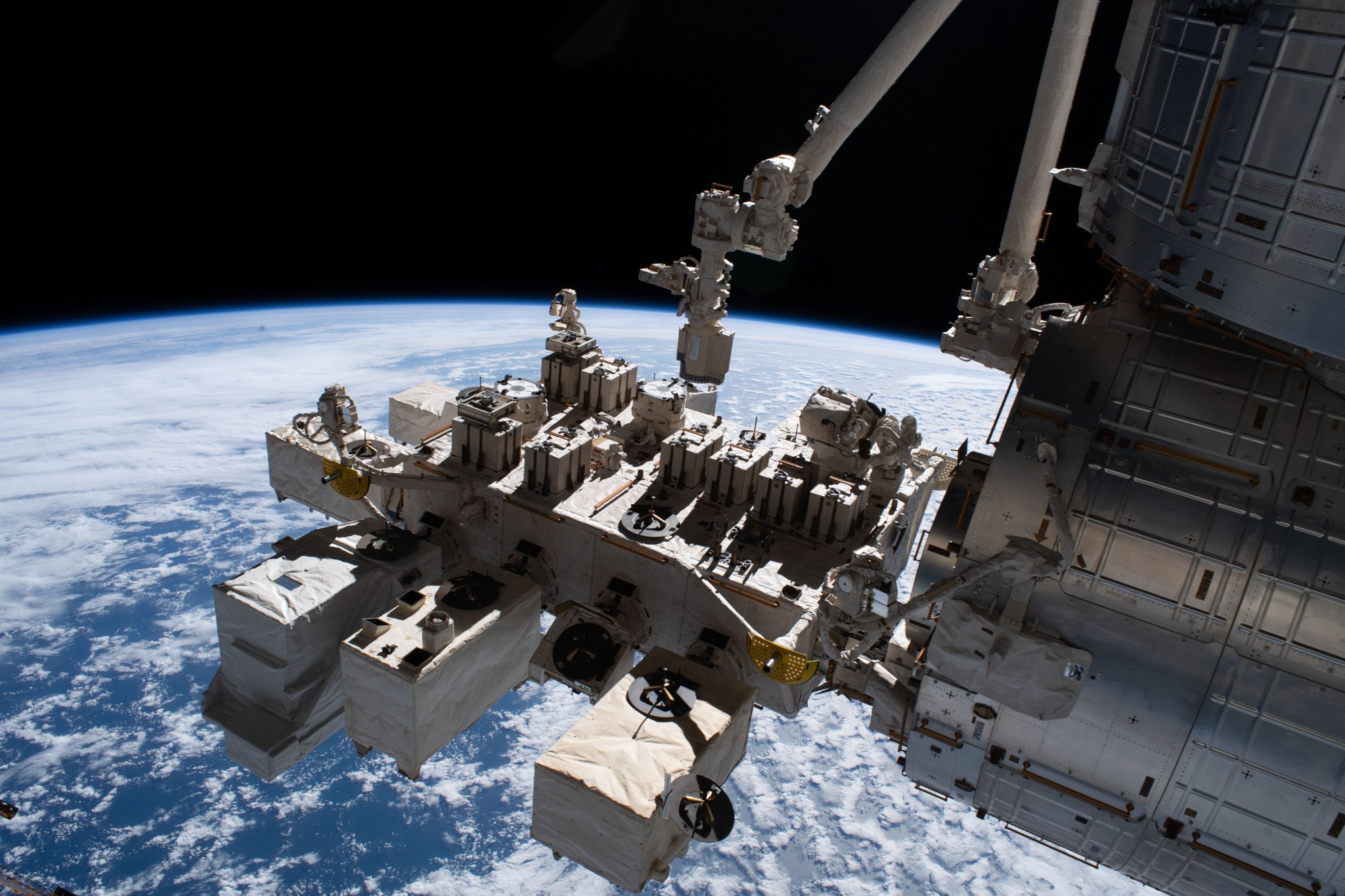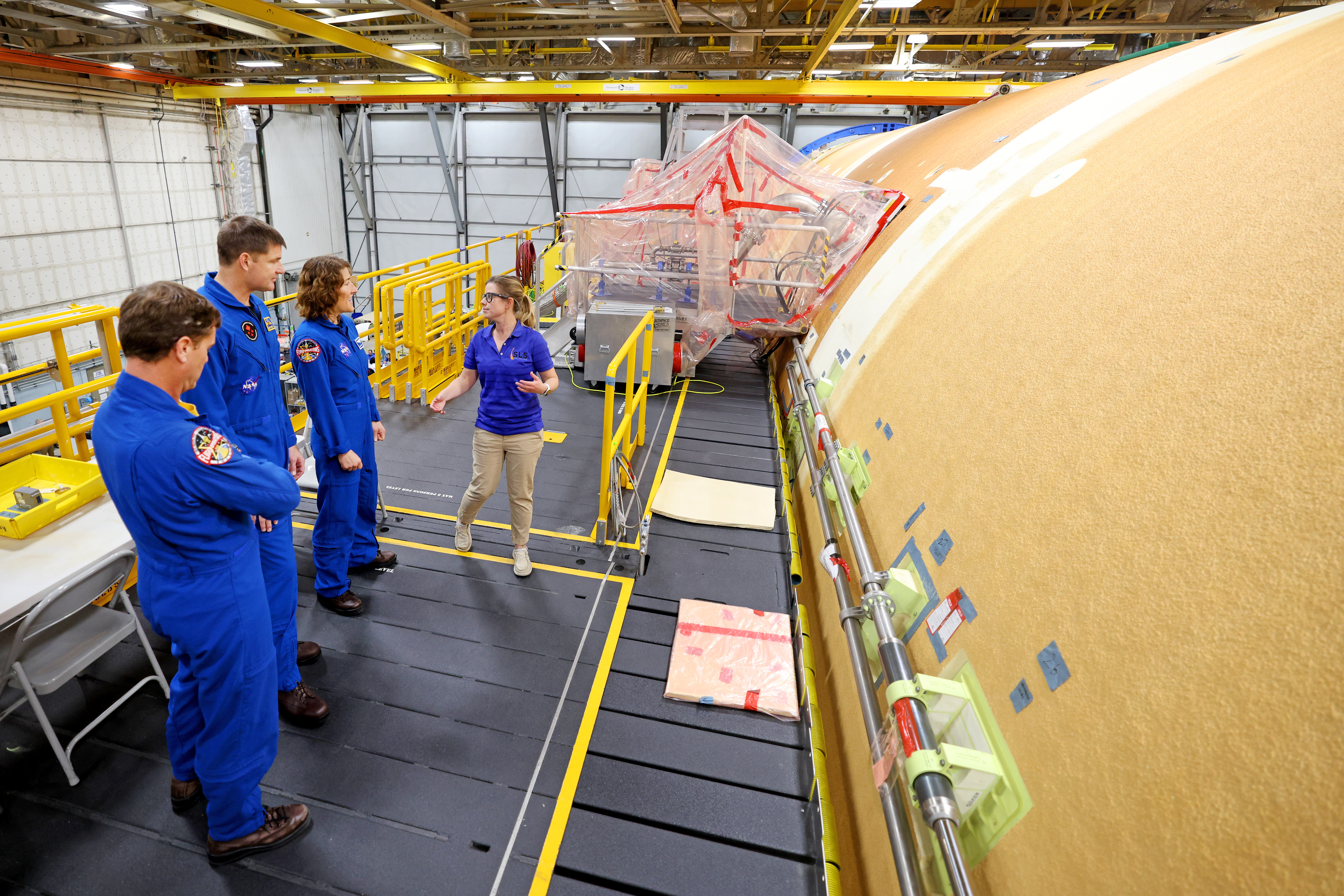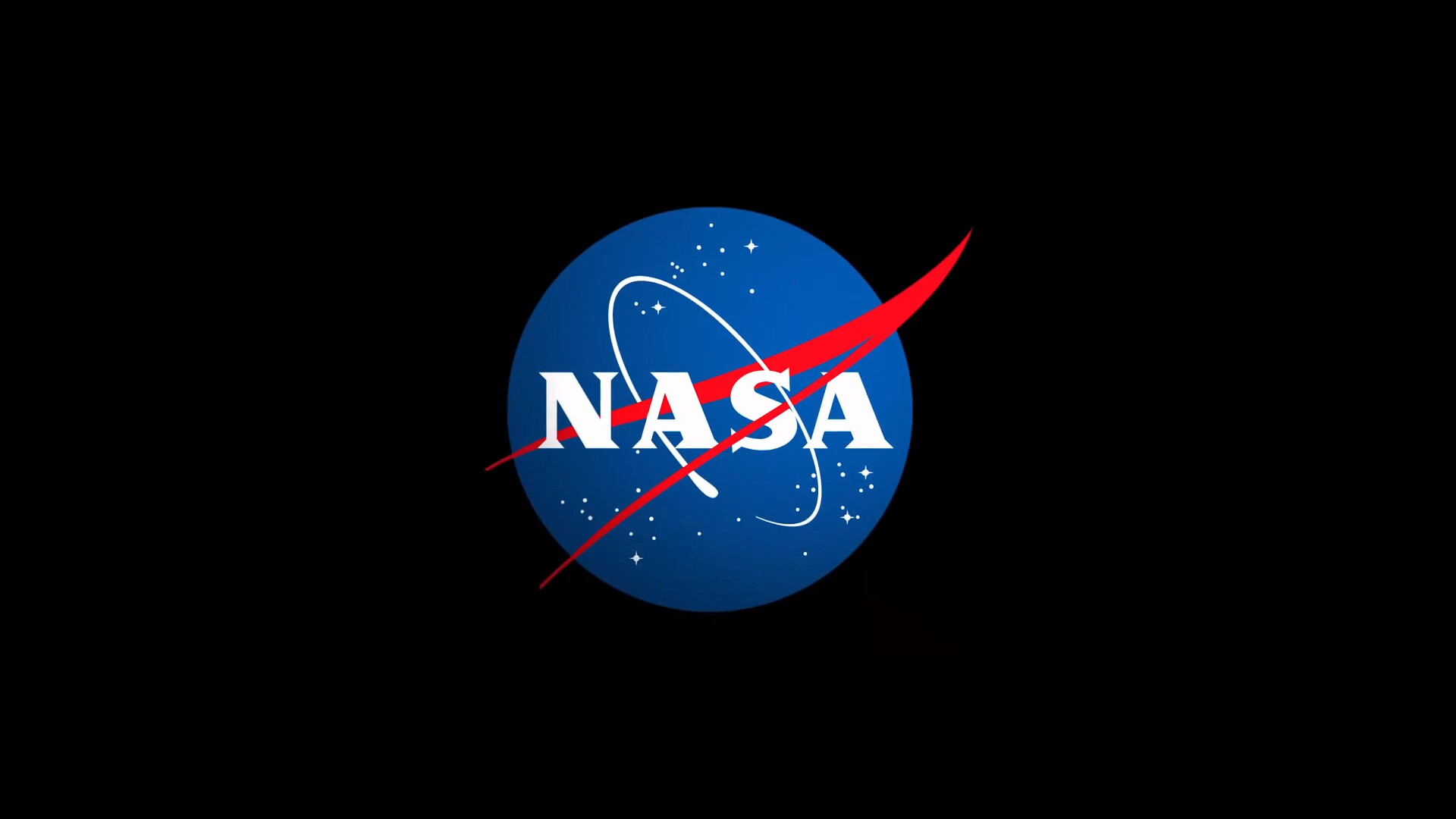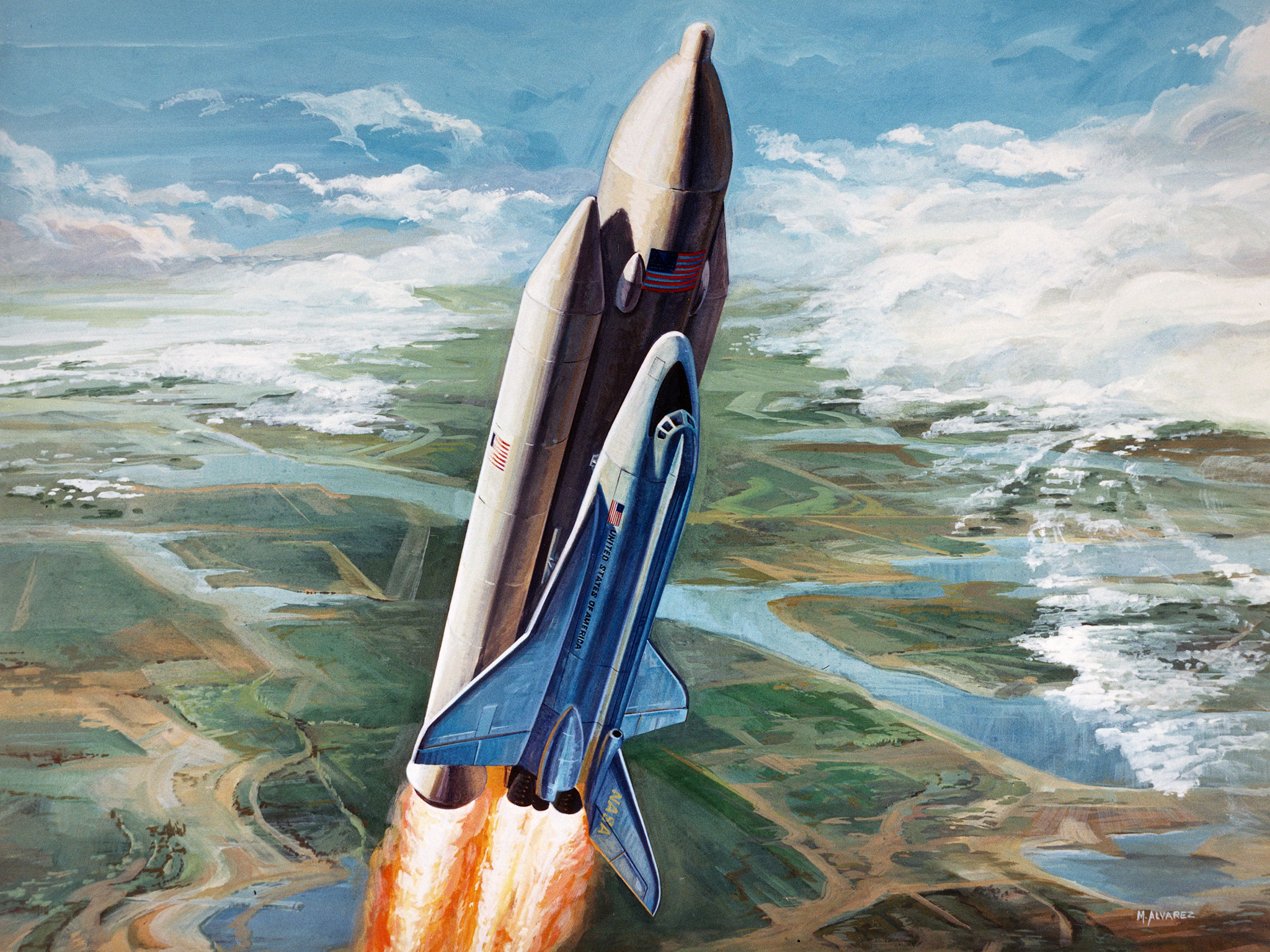Station Science Top News: Oct. 25, 2024
Better Monitoring of the Air Astronauts Breathe Ten weeks of operations showed that a second version of the Spacecraft Atmosphere Monitor is sensitive enough to determine variations in the composition of cabin air inside the International Space Station. Volatile organic compounds and particulates in cabin air could pose a health risk for crew members, and this device […]

Better Monitoring of the Air Astronauts Breathe
Ten weeks of operations showed that a second version of the Spacecraft Atmosphere Monitor is sensitive enough to determine variations in the composition of cabin air inside the International Space Station. Volatile organic compounds and particulates in cabin air could pose a health risk for crew members, and this device increases the speed and accuracy of assessing such risk.
Spacecraft Atmosphere Monitor is a miniaturized gas chromatograph mass spectrometer used to analyze the air inside the space station and ensure that it is safe for the crew and equipment. The device automatically reports results to the ground, eliminating the need to return samples to Earth. This version has several other technological advances, including that it can be relocated, is smaller, and uses less power.
Digging Deeper into Microgravity Effects on Muscle
Prolonged exposure to microgravity affects human muscle precursor cells known as satellite cells and causes changes in the expression of specific genes involved in muscle structure and nerves. Exercise regimens on the space station do not adequately prevent or counteract muscle loss in astronauts, which can affect their motor function during missions and after return to Earth. Results could inform design of nutritional and pharmacological countermeasures to muscle changes during spaceflight.
Muscle loss represents a major obstacle to human long-term spaceflight. Myogravity, an investigation developed with the Italian space agency ASI, looked at microgravity-induced changes in adult stem cells involved in the growth, maintenance, and repair of skeletal muscle tissue, known as satellite cells. These cells may play a major role in muscle loss during spaceflight.
Validating Next-Generation Earth Measurements
Researchers completed a preliminary evaluation of the station’s Hyperspectral Imager Suite (HISUI) and report that the difference between model-corrected and actual measurements is small. Validation of spaceborne optical sensors like HISUI is important to demonstrate they provide the accuracy needed for scientific research.
The JAXA (Japan Aerospace Exploration Agency) HISUI investigation tests a next-generation spaceborne hyperspectral Earth imaging system for gathering data on reflection of light from Earth’s surface, which reveals characteristics and physical properties of a target area. This technology has potential applications such as monitoring vegetation and identifying natural resources.
What's Your Reaction?































